Sometimes we look at our homes and don’t know where to begin. The kitchen is a little outdated. Maybe the bathroom needs work. Sometimes we see all that and we find ourselves not sure how to get started. The project just seems too big. Well, if that sounds familiar, Patty Meyer, Director of the Felt Estate near Saugatuck has some inspiring advice for you!
That and much more on today’s episode:
Listen here:
Show notes for episode 008:
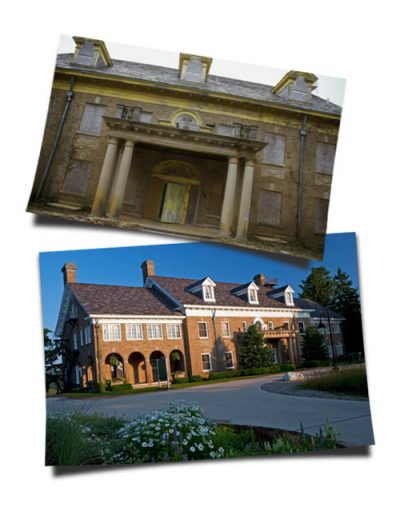 In 1925, Dorr Felt began construction of what the Felt Mansion for his wife, Agnes. The summer home would be large enough to accommodate his married daughters and their families. Completed in 1928, the 12,000+ square foot mansion consists of 25 rooms, including a third-floor ballroom. Unfortunately, Agnes died in August of 1928, six weeks after the family moved in, and Dorr died a year and a half later in 1930.
In 1925, Dorr Felt began construction of what the Felt Mansion for his wife, Agnes. The summer home would be large enough to accommodate his married daughters and their families. Completed in 1928, the 12,000+ square foot mansion consists of 25 rooms, including a third-floor ballroom. Unfortunately, Agnes died in August of 1928, six weeks after the family moved in, and Dorr died a year and a half later in 1930.
From there, the home has changed owners multiple times throughout the years. It's been a seminary, a home for cloistered nuns, and even a prison.
After years of neglect, volunteers from Laketown Township and surrounding communities are restoring the mansion and grounds. It's an incredible community project and a remarkable story!
Today, Patty Meyer, Director of the Felt Estate, sits down with us for two segments to talk about the project, what she's learned, and to give all of us the inspiration to dream and to dare to accomplish what seems almost impossible!
 Patricia Hoezee Meyer – Director of the Felt Estate
Patricia Hoezee Meyer – Director of the Felt Estate
Pat is a former educator who graduated from GVSU and the School of Education in 1990 with a major in English & History, and a minor in Political Science. Her interest in art, history and architecture led to her passion for the restoration of the Felt Estate.
For the last 13 years, Pat has restored the Felt Estate, and as director of the Estate, planned and implemented hundreds of events. Pat and the restoration project she oversees have won numerous awards at the local, state, and national level. Pat speaks around the State at Historic Preservation Seminars, emphasizing the importance of place in our lives, in our communities, in our history, and in our learning. Pat is continuing her education at GVSU, through the Johnson Center, working toward a Master’s Degree in Non-profit Administration.
There are tons of common paint mistakes we all make in an effort to save time. Today we talk about four that we see all the time!
- Making My Paint Cover In One Coat Whether It Wants to Or Not!
- Not Washing the Surfaces I'm Going to Paint Adequately!
- Not Priming After I Strip Wallpaper
- Painting Out of My Full Gallon Container
How to Properly Load a Paint Brush!
Our dryer and washer can potentially be very destructive if regular maintenance is not performed. Dryer lint is extremely flammable and washer hoses need to be replaced every five years. Fortunately, with just a little maintenance, you can keep your home safe and protected!
Flammable Vent Hoses
We mentioned in the segment that commonly used plastic or vinyl vent tubing is extremely flammable (as is the lint trapped inside!) Here's a video that demonstrates why you want to remove these cheap hoses from your home and replace them with flexible metal tubing.
FloodStop
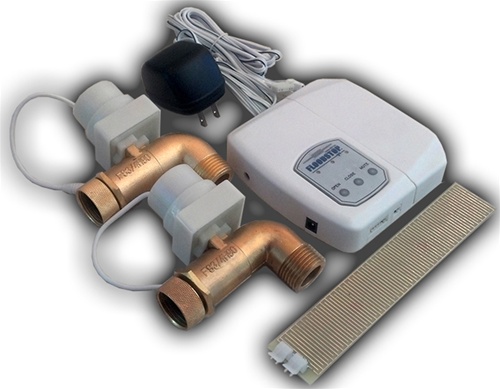 This item is very interesting to me. It's designed to be installed very simply, taking only 10 minutes. But when it's installed, it will detect leaks, sound an alarm, and best of all, automatically turn off your water supply valves to prevent flooding! I haven't tried it, but I'm certainly going to dig into it!
You can get more info right here!
This item is very interesting to me. It's designed to be installed very simply, taking only 10 minutes. But when it's installed, it will detect leaks, sound an alarm, and best of all, automatically turn off your water supply valves to prevent flooding! I haven't tried it, but I'm certainly going to dig into it!
You can get more info right here! 



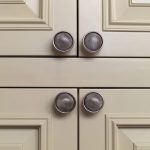
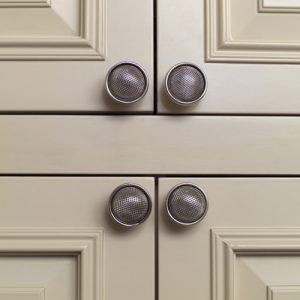 Did you know that the average cost of remodeling your kitchen is right around $20,000? Yes, $20,000. That’s a significant amount of money. So significant, in fact, that it means I won’t be doing any kitchen remodeling anytime soon. Sure, I’d like new cabinets or a new backsplash or a new floor, but we’re just too attached to having things like groceries and running water. And I don’t think we’re alone. A lot of people like groceries and running water. And yet, many of those same people also wish they had a better kitchen.
Did you know that the average cost of remodeling your kitchen is right around $20,000? Yes, $20,000. That’s a significant amount of money. So significant, in fact, that it means I won’t be doing any kitchen remodeling anytime soon. Sure, I’d like new cabinets or a new backsplash or a new floor, but we’re just too attached to having things like groceries and running water. And I don’t think we’re alone. A lot of people like groceries and running water. And yet, many of those same people also wish they had a better kitchen.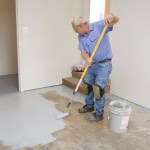
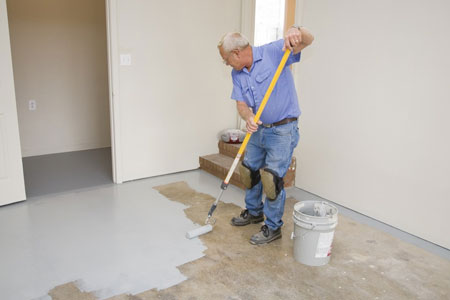

 “My name’s Dan and I’m a recovering Prep Work Skipper.”
“My name’s Dan and I’m a recovering Prep Work Skipper.”
 I’m cheap. I’ve probably written that before, but that doesn’t matter. I’m so cheap, it’s legitimate to write it again. But that cheapness has it’s limits.
I’m cheap. I’ve probably written that before, but that doesn’t matter. I’m so cheap, it’s legitimate to write it again. But that cheapness has it’s limits.